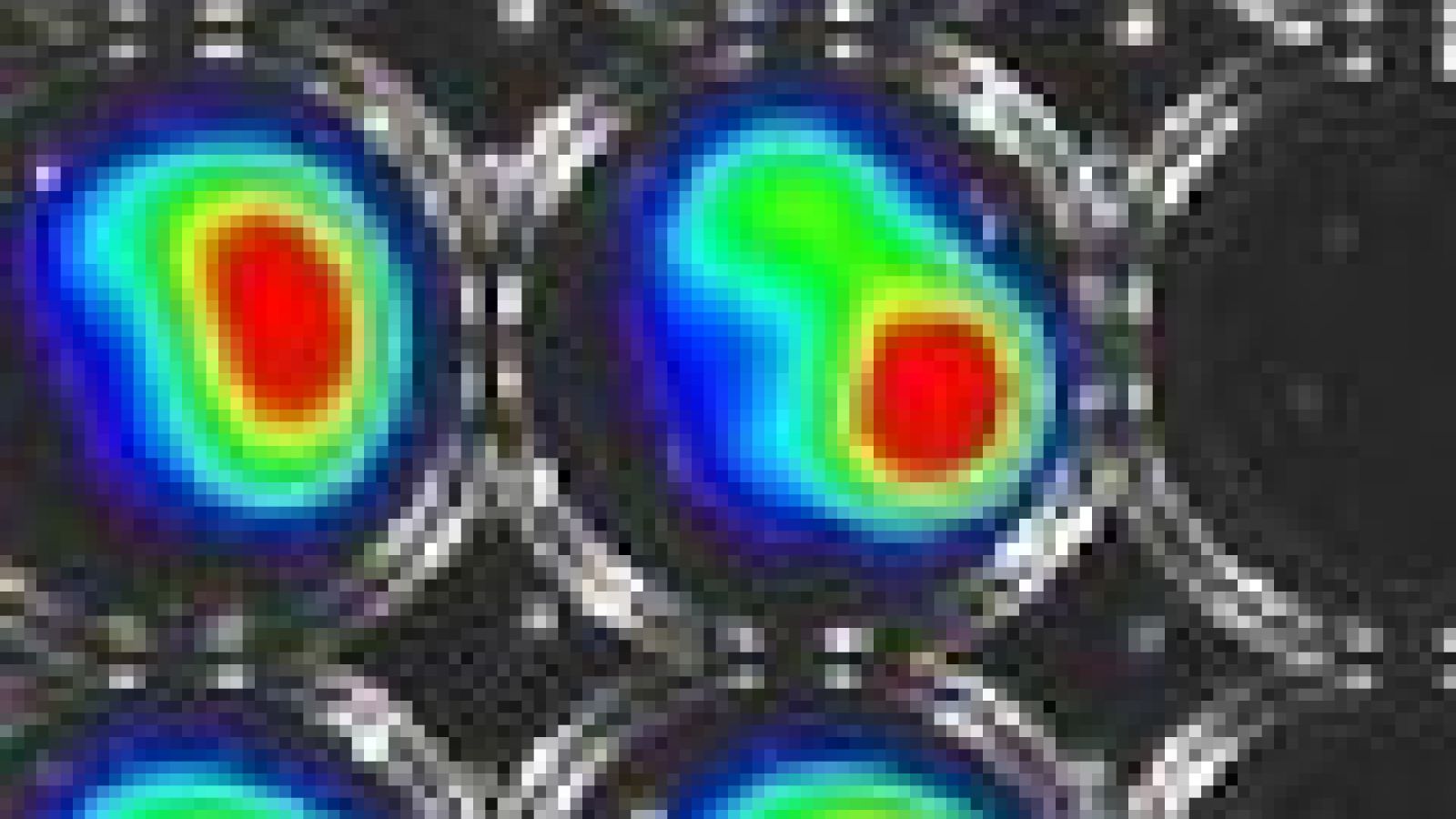
Text to go here...
 Mice are used widely in the study of cancer and to test the clinical efficiency and safety of anti-cancer therapies. Nearly 400,000 mice were used in cancer research in both academia and industry in the UK in 2008.
Mice are used widely in the study of cancer and to test the clinical efficiency and safety of anti-cancer therapies. Nearly 400,000 mice were used in cancer research in both academia and industry in the UK in 2008.
Now a £400,000 grant from the National Centre for the Replacement, Refinement and Reduction of Animals in Research (NC3Rs) will help tackle the urgent need to develop anti-cancer medicines to treat solid tumours such as bowel and lung cancers, with a focus on new tests which have the potential to replace experiments in mice.
Scientists at Nottingham University's School of Clinical Science’s Division of Pre-Clinical Oncology have won the grant to create a new type of environment in which to test the effects of cancer medicines outside the human body. They have developed a technique to create three dimensional tumour spheroids, derived from real, living tumour tissue, which can be suspended in a new kind of in vitro laboratory model instead of in a mouse. These spheroids have better preserved characteristics of the tumour micro-environment. Typically this means that, like 'real' tumours and unlike traditional cell cultures, they do not respond well to medication and are potentially more malignant.
The cancer cell clusters are suspended in a ‘biomatrix’ consisting of a complex macromolecular gel in which the living cancer cells can multiply and behave as they would in a patient. Previous grants to the University have been used to develop a new technique to modify the cells to become fluorescent/bioluminescent so any change and growth can be more easily monitored. The researchers will be able to see more clearly how the cells within the cluster are dying or dividing, as well as their oxygen levels and blood supply, as the tumour sample is preserved in the biomatrix. In this way, the effects of cancer drugs and combinations of drugs on the tumour cells can be monitored in real time.
The group uses imaging techniques with mice which allows them to refine and reduce the procedures on animals and allow early endpoints while still obtaining useful results. But they hope the new system will significantly reduce the number of animals used to investigate the biology of the tumour environment and identify new drug targets.
Last edited: 11 January 2022 09:02



